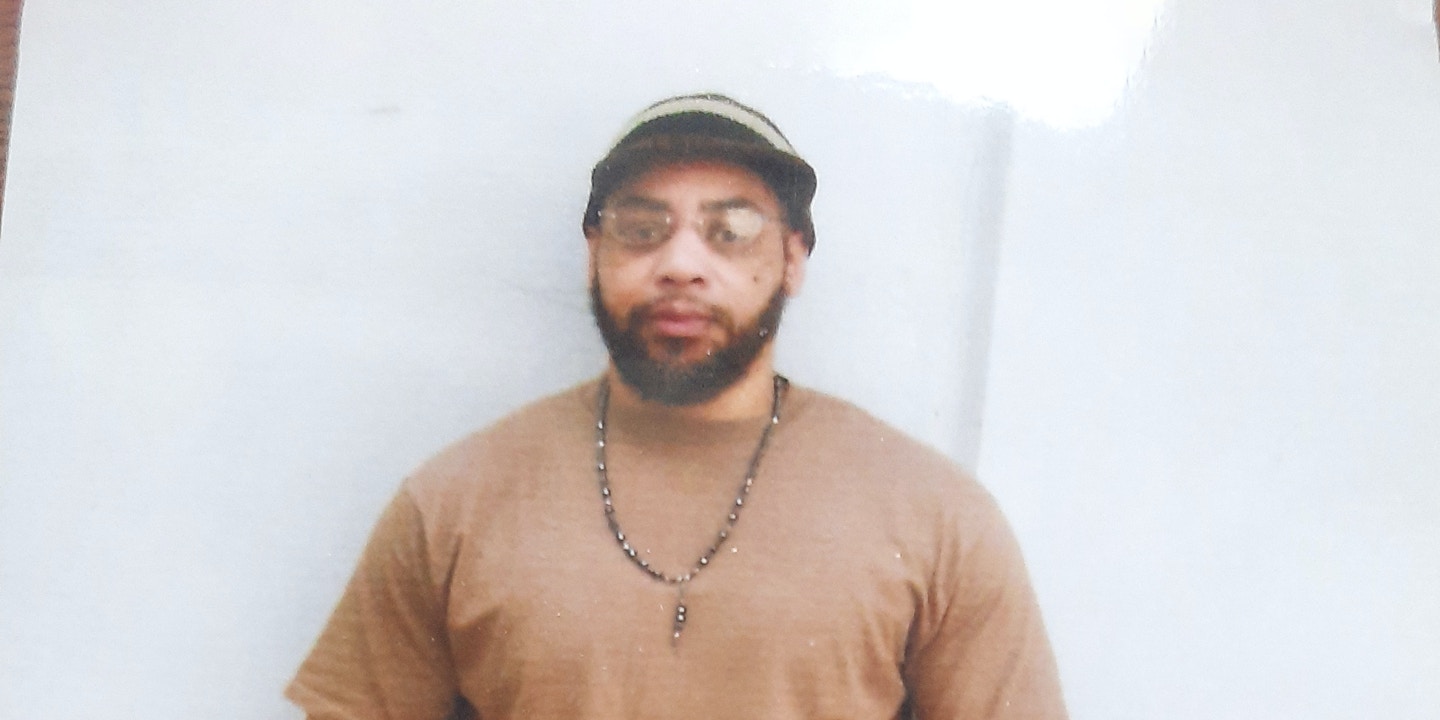WASHINGTON — A federal appeals court today refused to delay the scheduled execution of two prisoners, including one set for tomorrow, but allowed litigation seeking to modify the Department of Justice’s lethal-injection procedures to go forward.
Attorneys for death row inmates have challenged the federal government’s lethal-injection methods since Attorney General William P. Barr announced new procedures last year and resumed federal executions for the first time in more than a dozen years.
Attorneys for 13 prisoners — including two scheduled executions this month and next — told the U.S. Court of Appeals for the D.C. Circuit this week that the drug the government uses, pentobarbital, causes “excruciating pain and suffering before dying” when not paired with a separate pain-relieving drug, in violation of the Eighth Amendment prohibition against cruel and unusual punishment.
A three-judge panel ruled unanimously that a lower court was wrong to toss out a challenge by death row inmates, finding the prisoners had alleged a “plausible” constitutional claim that the government’s methods involve unnecessary, severe and tortuous pain that could be avoided by adding a pain-relieving drug such as fentanyl.
The unsigned order, however, declined to delay the two upcoming executions. The Supreme Court on July 14 ruled under similar circumstances that another prisoner had failed to show he was likely to succeed on a constitutional argument. That prisoner, Daniel Lewis Lee, was executed later that day.
The order indicates that Judges Patricia A. Millett and Neomi Rao declined to stay the executions.
In a separate opinion, dissenting in part, Judge Cornelia T.L. Pillard said she would have put the executions of Orlando Hall and Brandon Barnard on hold until the government complies with the statutory requirement that it must have a prescription to use pentobarbital.
“It is the government’s prerogative to execute the plaintiffs by a method of its choosing. But if it elects a method subject to statutory requirements, the government must then abide by those requirements,” Pillard wrote.
For example, the judge wrote, if the government chose to execute plaintiffs by firing squad, and federal law required that members be certified marksmen, the government could not simply ignore the law.
In a separate opinion, dissenting in part, Rao disagreed that prescription requirements of the Federal Food, Drug and Cosmetic Act apply to drugs used for lethal injections and asserted that prisoners had no authority to challenge its nonenforcement.
The panel’s ruling, which can be appealed to the Supreme Court, means the government can continue to perform executions as it has since July.
An attorney for the prisoners, Jonathan Meltzer, said they would immediately appeal.
Hall is scheduled to be executed tomorrow after being sentenced for kidnapping, raping and murdering 16-year-old Lisa Rene of St. Croix in Arkansas in 1994. Bernard, set for execution December 10, was convicted of killing two youth ministers on a military reservation in 1999. One of his accomplices was executed for his role in the murders in September.
A third death-row inmate, Lisa Montgomery, is scheduled to be executed Dec. 8. Montgomery, who would be the first woman executed by the U.S. government in nearly 70 years, is not part of the lawsuit.
The ruling comes as part of a broader challenge to federal execution procedures that has so far been unsuccessful. The Supreme Court this summer declined a flurry of legal challenges to the Justice Department’s plans to resume federal executions. That cleared the way for the Trump administration to carry out seven lethal injections since July, more than the total number of executions the federal government had carried out over the previous three decades.
President-elect Joe Biden opposes the death penalty, and his campaign has said he will work to pass legislation to eliminate the death penalty at the federal level and encourage states to follow.
Most states have the death penalty. Few actually carry out executions
The Justice Department argued that the latest claims were a delaying tactic and noted that the justices have allowed the other executions that followed the same procedures to go forward.
“Hall and Bernard were both sentenced to death over two decades ago for exceptionally brutal crimes; their convictions and sentences have repeatedly been upheld; and their challenges to the protocol have received an extraordinary amount of judicial review over the past year,” said the court filing from the government lawyers.
Attorneys for the death row inmates were appealing a district-court decision from September. According to a cardiovascular expert for the inmates, most if not all prisoners “will experience excruciating suffering including sensations of drowning and suffocation” before they die, after being injected with five grams of pentobarbital.
The Federal Bureau of Prisons is required by law to obtain a prescription before administering a controlled substance, the attorneys say, and the drug should be paired with a pain killer to avoid gratuitous harm.
The U.S. Department of Justice disputes the assertion that prisoners experience the near-drowning sensation known as “pulmonary edema” while still aware and conscious.
Government lawyer Melissa Patterson told the D.C. Circuit at oral argument Monday that the prisoners should not be able to “grind all lethal injections to a halt” because of a failure to include a prescription.
The appeals court Wednesday agreed with U.S. District Judge Tanya S. Chutkan’s finding that the government is violating the law by administering the pentobarbital without a prescription. But Chutkan — and the appeals court — declined to issue an injunction.
Chutkan said she could not consider the case “in a vacuum” and that the Supreme Court had in a previous case already addressed “most of the evidence Plaintiffs have presented in this case and found that it was not enough to warrant injunctive relief.”
In July, the Supreme Court overturned an earlier order from Chutkan and in a 5-4 opinion said prisoners on death row had “not made the showing required to justify last-minute intervention.”

